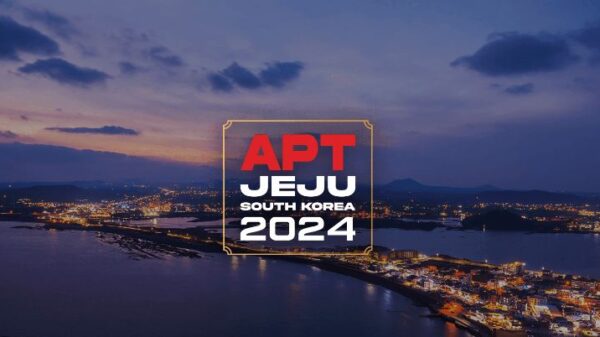Honda, known globally for its ongoing dedication to engineering high-performance, eco-conscious automobiles, is solidifying its commitment to creating a cleaner planet by setting ambitious targets for carbon neutrality and vehicle electrification. The company is striving to ensure all of its products and corporate activities attain carbon neutrality by 2050, along with achieving complete electrification of vehicles by 2040.
Honda is forging its path toward achieving global targets for environmental performance and safety.
In a recent announcement, Honda Cars Philippines Inc. expressed enthusiasm about an imminent introduction of an all-new model equipped with the e:HEV technology in 2023. This revolutionary step from Honda fits neatly with the celebration of Philippine Environment Month in June, serving as a timely reminder of the importance of sustainable practices in the automotive industry.
Honda’s vision for a cleaner environment extends beyond the production line and reaches into the hands of the car owners and drivers. To commemorate the Philippine Environment Month, Honda offers five pragmatic suggestions to all automobile owners, regardless of their vehicle brand, to ensure a more eco-friendly approach to their daily commute and reduce environmental impact.
One of the primary pieces of advice is to drive only when necessary, combining trips where possible to minimize fuel consumption. Especially during heavy traffic and peak hours, planning and grouping errands can save significant fuel and time. Honda also recommends carpooling and using public transportation while adhering to safety protocols, suggesting walking or biking for shorter trips when it is safe.
Additionally, Honda highlights the importance of proper vehicle maintenance, likening it to maintaining a healthy human body. Regular servicing helps maintain the car’s efficiency and performance, subsequently reducing fuel consumption and emissions. Honda prescribes two periodic maintenance visits each year, or every 10,000 kilometers, at any authorized Honda Cars dealerships or service centers.
Driving smoothly is another key to efficiency, according to Honda. Aggressive acceleration and braking are both detrimental to fuel economy, not to mention being safety risks. Honda’s SENSING suite of driver-assist features, including Adaptive Cruise Control and Low-Speed Follow, not only enhance safety but also contribute to fuel efficiency by promoting smoother acceleration and minimizing abrupt movements.
Another point Honda brings attention to is the significance of correct tire pressure, as it can greatly affect a vehicle’s fuel efficiency. Underinflated tires can decrease fuel efficiency by up to 3 percent, while overinflation can result in a 1 percent loss. Correct tire pressures also have a crucial role in the vehicle’s handling and braking distances.
Lastly, Honda encourages the choice of fuel-efficient vehicles to lessen environmental impact. Fuel-efficient vehicles, including hybrids and models with lean-burn engines, yield fewer emissions, contributing to reduced air pollution, improved air quality, and healthier living conditions.
In the pursuit of greener mobility solutions, Honda offers an array of fuel-efficient models. Tests performed in conjunction with the Automobile Association of the Philippines indicate high fuel efficiency ratings for Honda models like the Brio (24.39 km/L), City (25.17 km/L), Civic (21.43 km/L), HR-V (29.66 km/L), CR-V (23.96 km/L), and the All-New BR-V (24.71 km/L) under controlled local conditions.
With these remarkable efforts and tangible measures, Honda is forging its path toward achieving global targets for environmental performance and safety. The company remains committed to its ultimate safety goal: Zero collision fatalities involving all Honda products by 2050. As we look forward to more innovations from Honda, it’s clear that the company is earnest in its dedication to creating a greener, safer world for all.

















